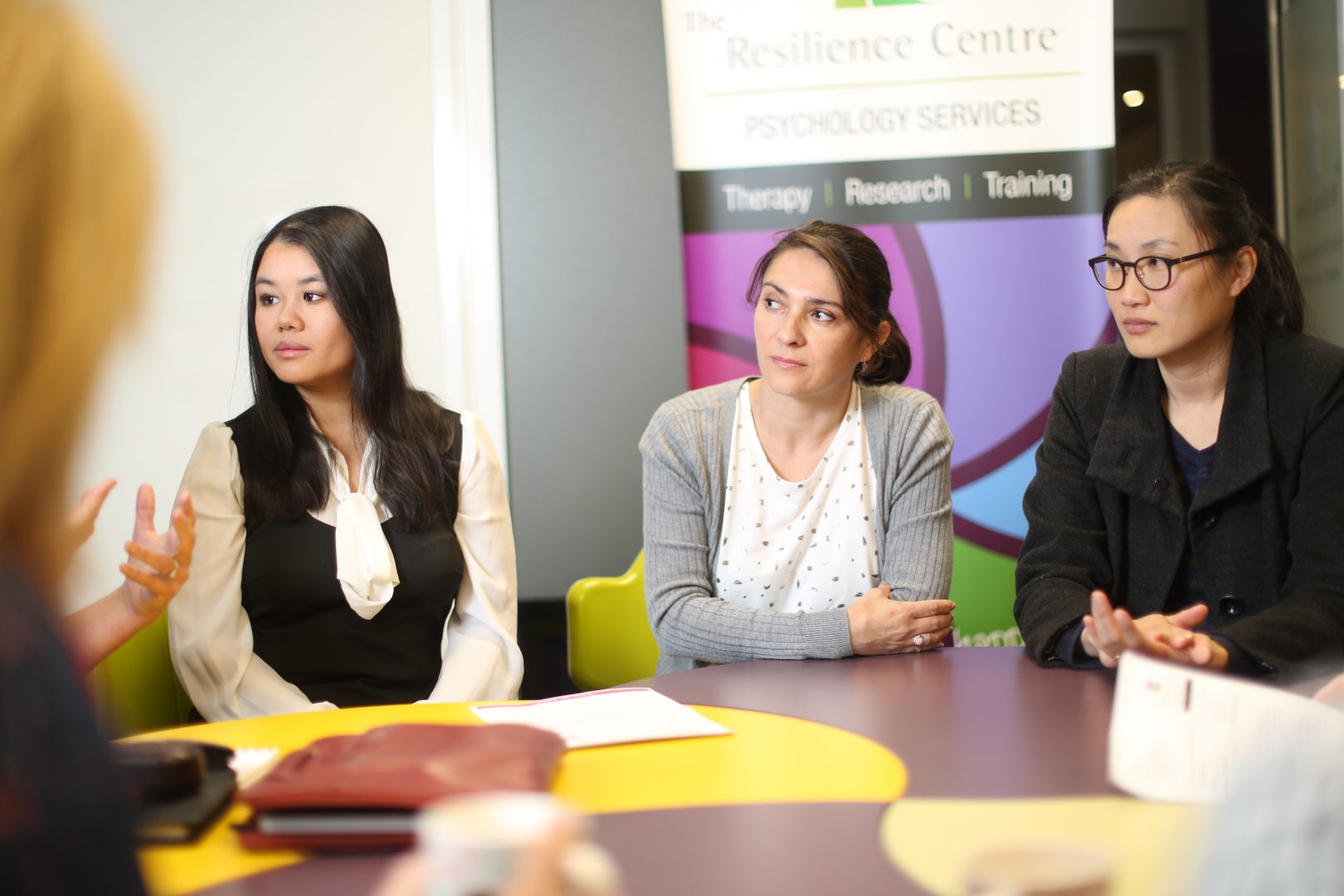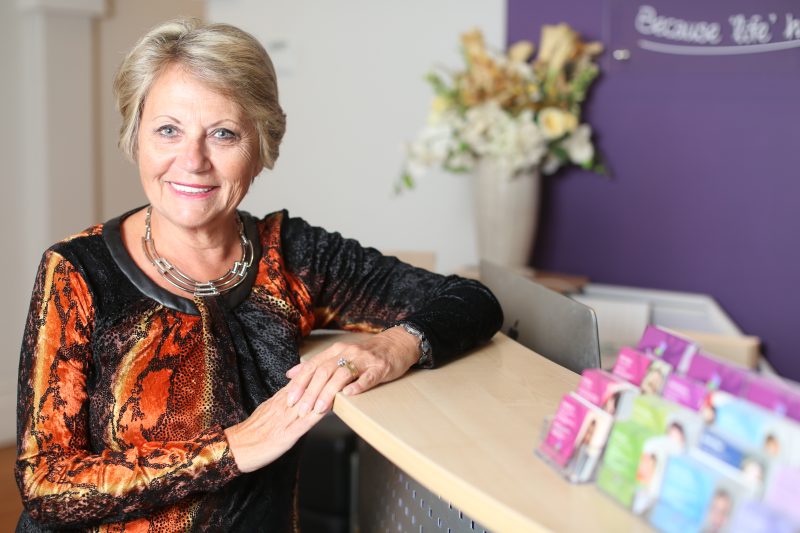It’s not very often that a movie comes onto mainstream cinemas that fits so nicely into the theme of a ‘psychology blog’ than the new movie, Inside Out.
For those of you who haven’t heard of Inside Out, it’s the latest entry by Pixar. It tells the story of Riley, a small-town Minnesota 11-year old girl who has to suddenly move house with her parents to San Francisco, about as far away from a small-town existence as you can get. What makes the story interesting, however, is that the movie tells the story of Riley, via her emotions – encapsulated by five distinct emotion personalities sitting in the ‘headquarters’ of her mind.
There’s Joy, Sadness, Anger, Fear and Disgust, and we watch as they react to events in Riley’s world and influence her responses by taking control of the ‘console’ in her brain. As a result, we see them take an active role in the formation of her memories and her personality. Watch the trailer to see how they work together (and how they compare to the emotional counterparts in her parents’ minds).
The movie does an extraordinary job at creating a visual landscape that represents different aspects of our brain and how they work together. There is immense detail – explaining how we forge memories, how we end up forgetting memories over time, how our personality and our tastes and interests dictate our behavior. Some of the details are cute and whimsical, such as the ‘train of thought’ which is an actual train. Other details themselves are firmly rooted in psychological theory; the concept of the ‘five little emotions in our mind’ is borrowed from landmark research in psychology showing the presence of 5 ‘primary emotions’ that transcend all cultures and are recognizable by everyone.
But the movie manages to move beyond the whimsical – it is poignant, funny, charming, but also at times honest, raw, and emotional. And the way it does this is by adding an extra element into the story – how we change as individuals when we go through major life changes.
Why would we want to feel anything other than joy?
We watch the emotions (especially Joy) drive Riley’s behavior in the way we expect them to. When Joy is ‘driving’ Riley will engage in fun, laugh, play and find the best out of a situation. When Anger takes the stage Riley is much different, acting in ways we might expect an 11 year old to express her anger. But what’s interesting is how each emotion is portrayed not as necessarily bad, nor good, but all of them are just doing what they think is best. It’s just that being emotions, they think in one-dimensional ways. Anger solves Riley’s problems through confrontation, while Fear tries to think of a million reasons to avoid those problems.
Often it seems to us that we want to live a life where we are only experiencing positive emotions. But Inside Out challenges that notion, it explores how each emotion has something to offer us in order to grow and change. It begs the question, “what would life be like if we never experienced certain emotions, and what would life be like if we never felt them at all?”
Is there ever any point to having a sad memory of something?
Inside out is a movie about memories, and how we as people are so strongly linked with them. We watch memories play a big role in Riley’s life – from the banal (getting that catchy tune stuck in our head) to big, life changing experiences. But what’s interesting as it shows how memory is not a fixed thing. Memories are forged, they spend time locked in the recesses of the mind, but they also fade away. While it seems like a problem to always be forgetting things, how does it change us as we grow, to discard old ideas in favor of new ones, and new experiences?
But another big-picture question Inside Out asks is, are our memories purely good, or purely bad? Are there experiences that are bitter-sweet in life? Should we try to avoid bad experiences, or do they shape us in unpredictable ways? Is it possible for good to come from a categorically negative experience?
In my life, it makes me look back at times where I found things difficult, or painful, and it begs the question – how did I change as a result of that experience? What have I learned about myself, the world and others because that happened to me? Can I now handle that same situation much better, do I have a new and fresh perspective because my memories aren’t just happy ones, or sad ones, but often a curious mix of the two?
For a movie that ostensibly looks like the wacky adventures of different colored cartoon characters, it is incredibly deep and thoughtful. I thoroughly recommend watching this movie. Ultimately I think its greatest strength is how it is able to make you think by presenting ideas in ways children can understand. I hope that if you watch this movie, that it will prompt you to consider how you see your emotions, your memories, and the idea of growing up. I hope that it leads to some deep and thoughtful conversations.
By Adam Wright, Psychologist
More information can be found about Adam here
References:
The concept of 5 primary emotions comes from the work of psychologist Paul Ekman. More about his work can be found at this website: http://www.beinghuman.org/mind/paul-ekman







